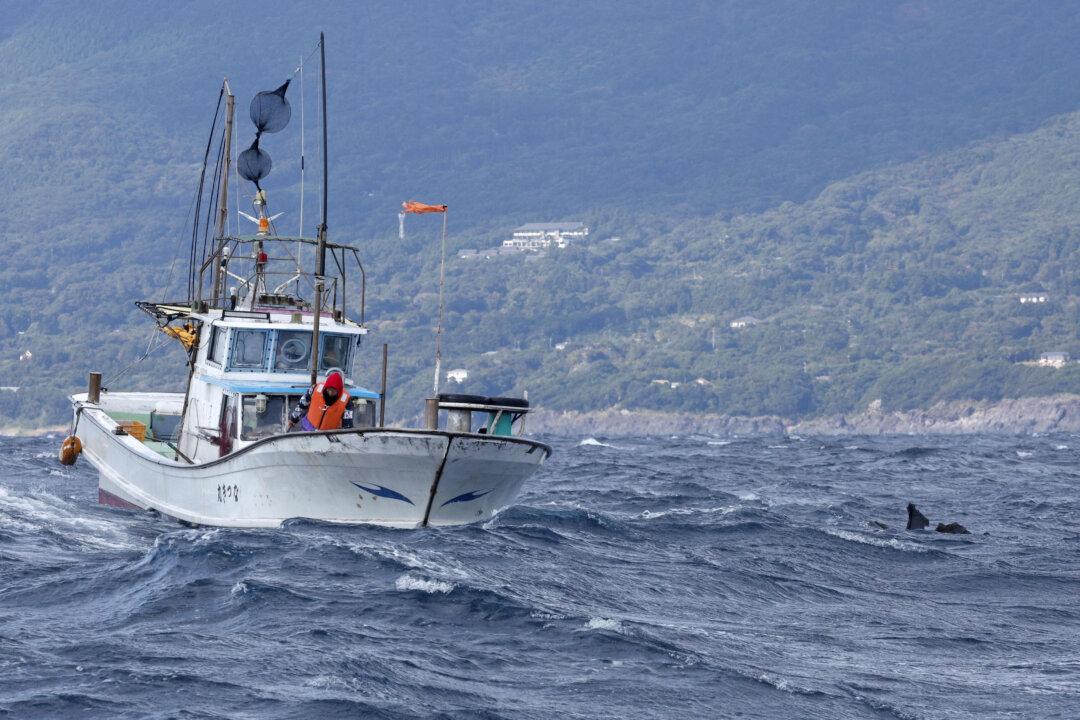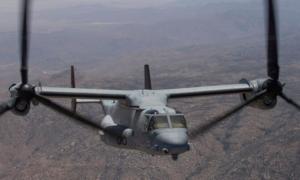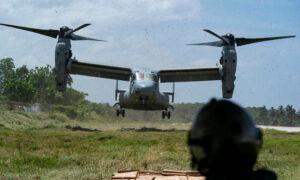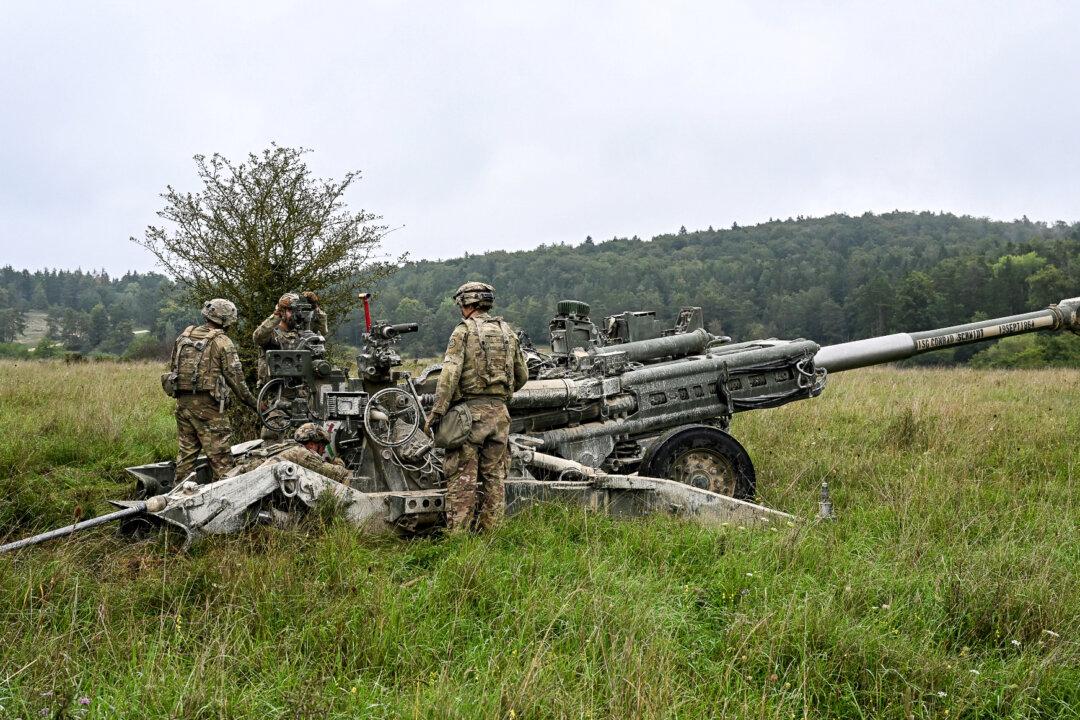AFSOC did not immediately identify the deceased Airman.
The CV-22B Osprey, assigned to the 53rd Special Operations Wing out of Yokota Air Base in Japan, was conducting a routine training mission off the shore of Yakushima Island when it experienced a mishap and went down over open water. The condition of the remaining flight crew is unknown at this time.
Search and rescue operations for the remaining flight crew have crossed into their third day.
Elements of the U.S. military, Japanese Self-Defense Forces, the Japan Coast Guard, local law enforcement, and Japanese civilian volunteers are assisting in the ongoing search efforts. U.S. military components contributing the search efforts include the Pacific Air Forces; U.S. Pacific Fleet; U.S. Marine Corps Forces, Pacific; Special Operations Command Pacific, the 353rd Special Operations Wing, 18th Wing, and the U.S. Army’s 1st Special Forces Group.
AFSOC expressed its gratitude for all U.S. military units and Japanese partner elements that have assisted in the search.
The exact causes of the Wednesday flight mishap are not entirely clear.
Japan Grounds Osprey Flights
The V-22 Osprey is a tiltrotor, a hybrid aircraft that can point its dual rotors upward for vertical take-off, like a helicopter, but can then swivel the rotors forward to behave like propellers on a plane, allowing it to attain higher cruise speeds than a helicopter would. According to an Air Force fact-sheet, the CV-22 variant can reach speeds of about 280 knots (about 322 miles per hour)The Japanese Self-Defense Forces, which operate a small number of V-22 variants, suspended Osprey flights on Thursday following the crash.
Senior Japanese defense ministry official Taro Yamato told a parliamentary hearing that the Japanese military decided on the pause until defense officials could confirm details about the Wednesday crash and validate the safety of continued V-22 operations.
The Japanese government also asked the U.S. military to limit its V-22 operations in and around Japan to just those participating in the ongoing search efforts. The U.S. Navy, U.S. Marine Corps, and U.S. Air Force all operate their own versions of the Osprey aircraft.
“As of right now, we are still continuing to operate the Osprey aircraft. We have a commitment to safety,” Ms. Singh said. “There is an investigation that is currently determining and looking into what exactly happened with this aircraft and the mishap. Should that investigation yield in results that require the department to change anything about the Osprey or to take additional steps, we will certainly do that, but at this time, I’m not going to get ahead of that investigation and its process.”







